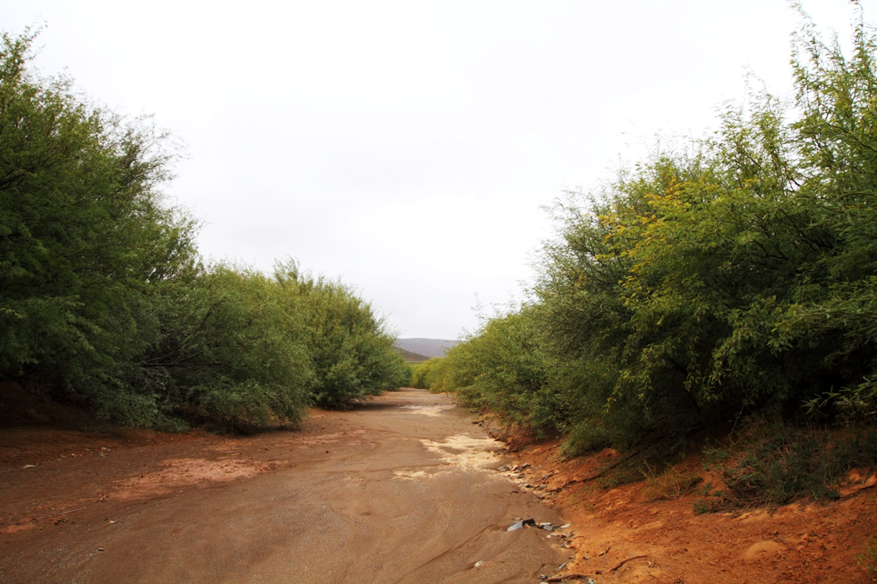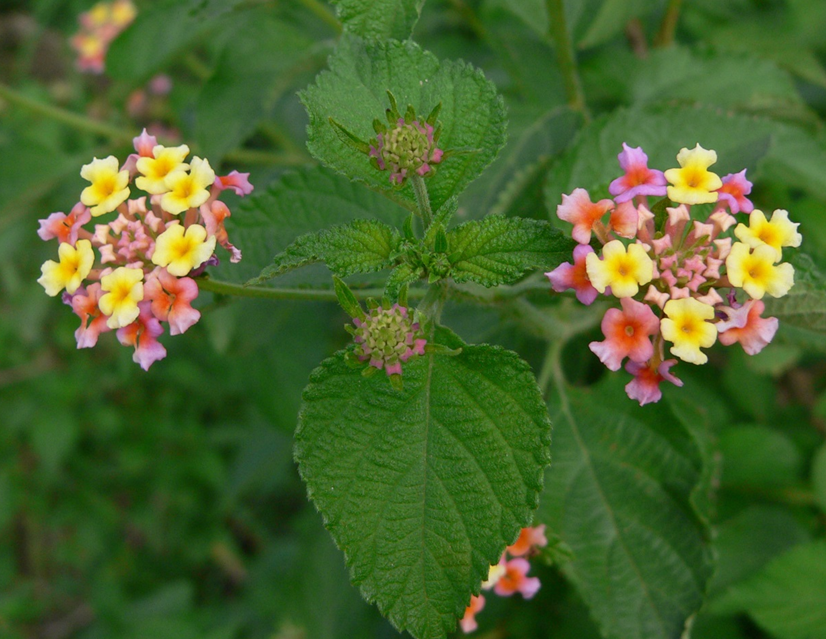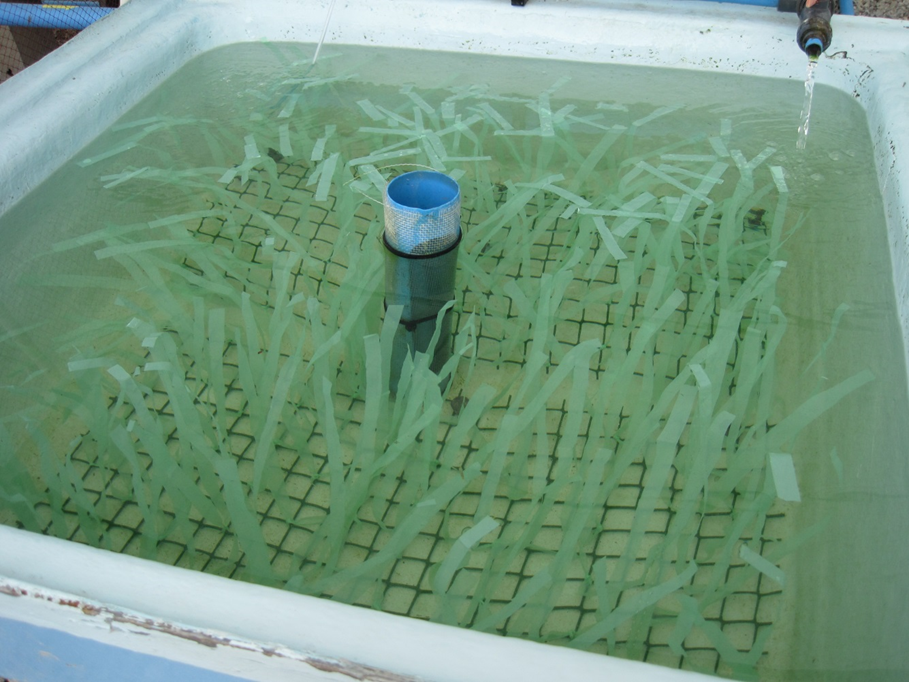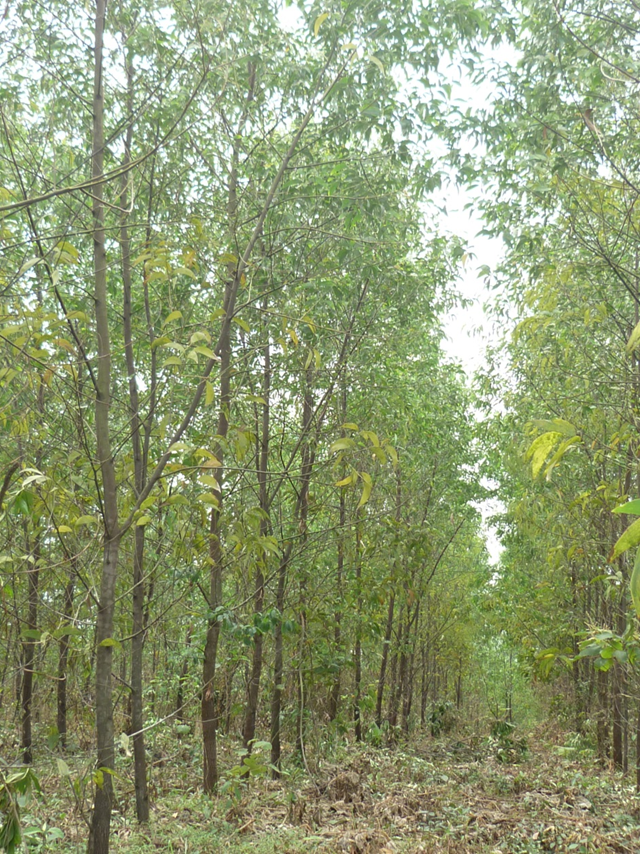A biocontrol agent persists under climate change
The water fern (Salvinia molesta) is an aggressive invader of freshwater systems where it affects the services that these ecosystems deliver. Fortunately, the use of a natural enemy of the water fern (a biological control agent), the weevil (Cyrtobagous salviniae) has been highly successful in many countries, including South Africa where the water fern is no longer considered to be problematic.





